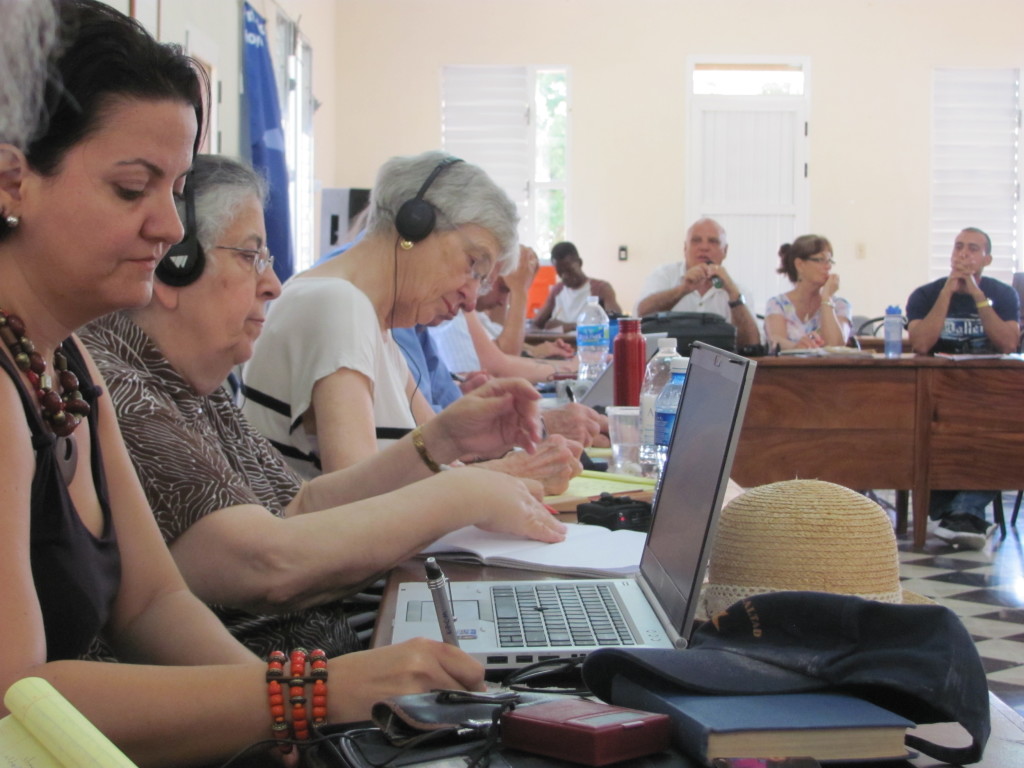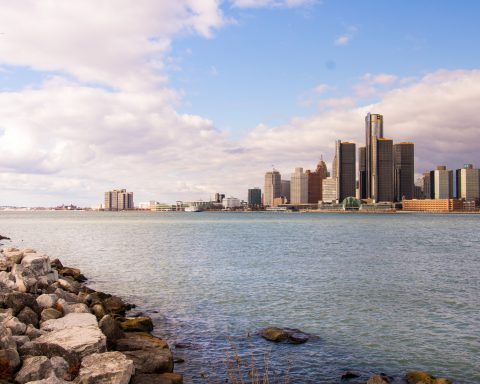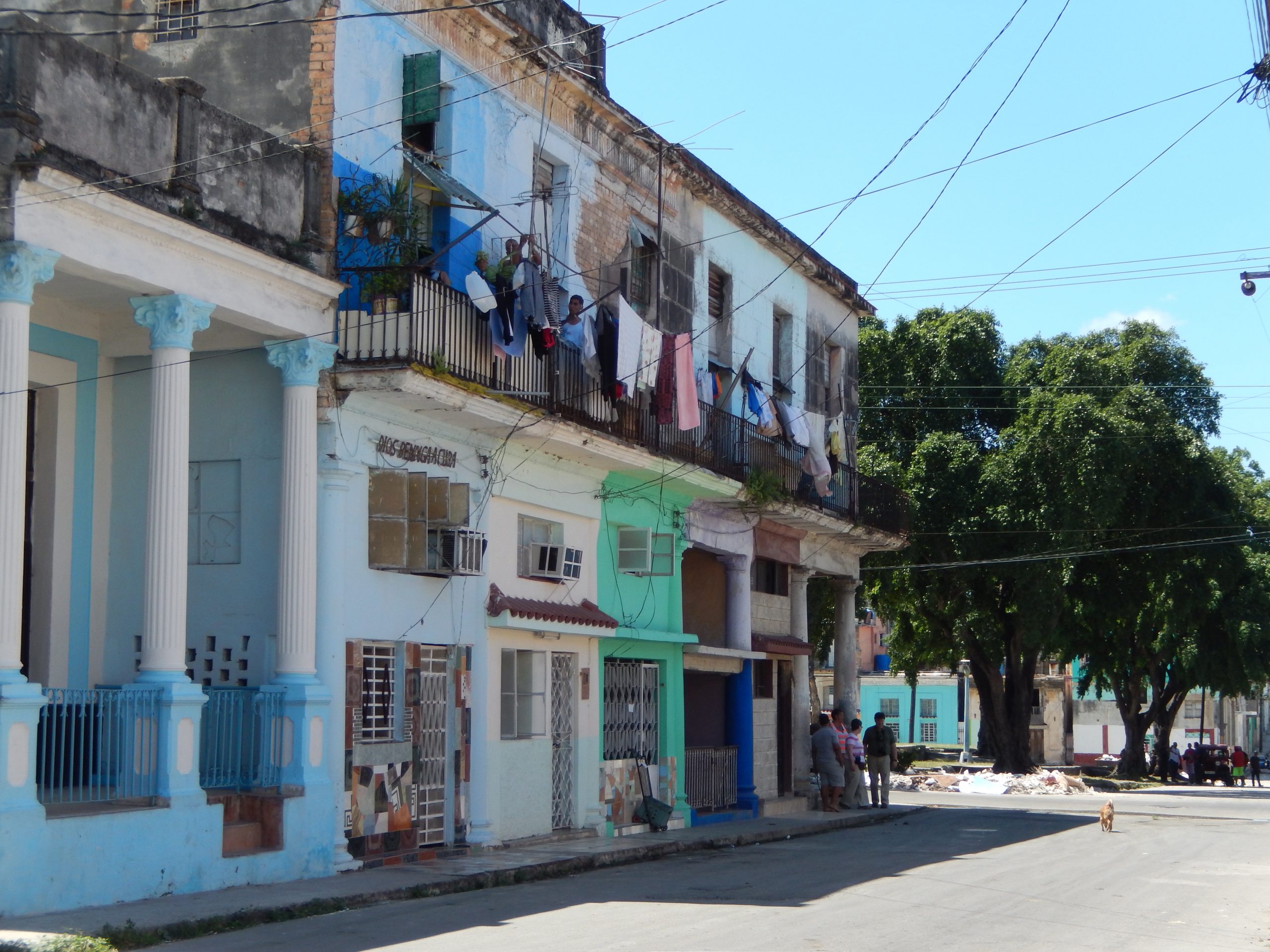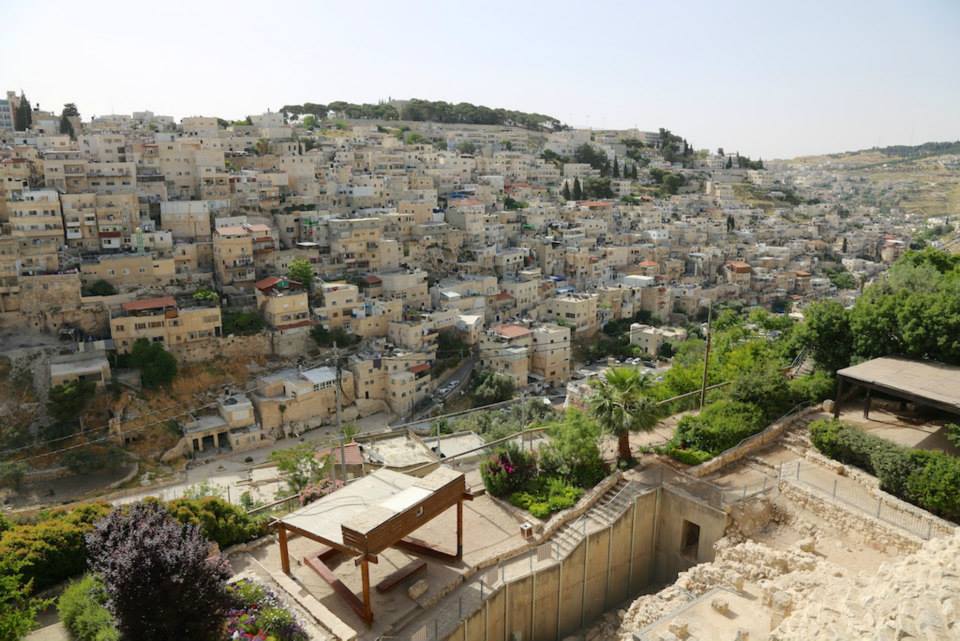Reflections on a Recent Visit to Cuba

Sights, smells, taste, sounds, touch… Each of these can create, or evoke, profound memories. For me, they brought out the similarities and differences between Cuba now and the Cuba of about a decade ago. Then, I visited several times (2001-2007) as part of a church-to-church partnership with the Presbyterian Church of Caibarién, in Central Cuba. Now, with Raúl Castro having replaced his famous brother as president, I was returning as part of the Advisory Committee on Social Witness Policy (ACSWP), accompanied by several of the Cuba Mission Network, for a meeting that allowed us to engage deeply with the Reformed Presbyterian Church of Cuba and with country experts of their choosing, to reflect on the future of church-to-church relations.
The first sign that this was a different Cuba was an absence – of the sight of billboards for “Revolution forever” or “We prevail against the empire” (i.e. the United States) or “We support the Cuban Five” (the last of whom were released from the US last December in ‘exchange’ for the return of Alan Gross.) In the past these billboards or murals were every few hundred yards. Now I saw just one, tucked away at the side of Havana’s Revolution Square: “The Revolution is a Beautiful and Indestructible Reality.”
___________________________________________
The first sign that this was a different Cuba was an absence – of the sight of billboards for “Revolution forever”.
___________________________________________
The sight that most visitors note – and photograph – is that of the vintage US cars. [1] Our group was no exception. Still, other than the continued lack of traffic outside the main city centers, I was most struck by the number of newer vehicles, and by the many vintage cars that were now being used as ‘tourist attraction’ taxis. I guess that’s encouraged by the development, under Raúl Castro, of taxi co-ops that allow each driver to keep their after-lease profits. [2] Cuba is changing.

Another well-known sight in Cuba is that of decaying buildings. As we walked in the streets around the Presbyterian Church of Luyanó, decaying homes were still evident, but so were the brightly-painted exceptions where (as on my earlier visits) you could surmise that the owners were benefiting from remittances from family abroad. Those remittances are a lifeline for many, but they are also creating a very unequal society, often (because so many ‘Cuban exiles’ are white) along racial lines. Not unlike the US, perhaps – except that in Cuba, where moving home was until recently almost impossible, the various economic groups are still mixed up together.
What about smells? The smell and taste of Cuban coffee, of course! But the smell that struck me most wasn’t so pleasant. As I wandered around the beautiful grounds of the Evangelical Seminary in Matanzas, 50 miles east of Havana, the scent of flowers was often overwhelmed by that of petroleum. Deep-water drilling may have failed, but new ‘nodding donkeys’ had dotted our coastal route between the two cities, and Matanzas’ refining and distribution work is clearly having its effect on the air.
___________________________________________
As I wandered around the beautiful grounds of the Evangelical Seminary in Matanzas, 50 miles east of Havana, the scent of flowers was often overwhelmed by that of petroleum.
___________________________________________
Taste? Other than the coffee, perhaps the most memorable (for one who remembers carefully-labeled bottles of well-boiled water) was that of fresh, cold water, straight from the faucet. The catch? This was possible only where Living Waters of the World had installed their water purification units, usually in churches that provide pure water as a much-valued service to the local community. Pure drinking water remains a luxury in Cuba.

Sounds of Cuba? No repeat of my memories of TVs blaring out Fidel Castro’s hours-long speeches from every house (perhaps in case the neighbors “informed” on your lack of patriotism?) The sounds that endure are those of music and conversation, open to anyone who wishes to stop and join a gathering on a street corner, or outside a barber shop. One such conversation “cost” me the gifting of the newly-received Cuban cross around my neck; it was well worth it.
No surprise, then, that the most memorable ‘touch’ of Cuba is that of the obligatory hugs and kisses – besos y abrazos – with friends old and new. Both in the churches and in the community in general, Cuba is one place where no one needs to worry about a lack of welcome.
___________________________________________
Will their powerful northern neighbor, the U.S., allow what Cubans see as their ‘participative democracy’ (as opposed to our ‘representative democracy’) to evolve on its own terms?
___________________________________________
So much of Cuba – the warmth, the welcomes, the beauty, the struggles – remains the same. And yet, as we heard from church friends and social experts alike, Cuba is changing. As it does so, the country is facing several challenges, many of which seem oh-so-familiar. Will accelerating economic development (oil, nickel, tourist resorts, mono-crops) trump environmental stewardship? Will growing economic inequality exacerbate racial divides? Will climate change make Cuba’s recent hurricane problems even worse, and will rising sea levels damage even more of Cuba’s low-lying coastal areas?

Photo: ACSWP
Cuban churches and society face these ongoing challenges, and new ones, too. Will Cuba’s dual-currency system (with pay in local pesos, but many products only available in the costly ‘convertible peso’ or CUC) finally be scrapped as promised? [3] Will their powerful northern neighbor, the U.S., allow what Cubans see as their ‘participative democracy’ (as opposed to our ‘representative democracy’) to evolve on its own terms? Will the U.S. trade embargo finally be dropped – please?! Will the expected (already starting) influx of U.S. capital, products, and visitors – including visitors from U.S. churches – overwhelm Cuban church and society?
How do we as the Presbyterian Church (U.S.A.) best accompany our Cuban partners? In many ways, the request is the same as ever: “Yes, we admit that we still need your financial support, but what’s more important is that we be friends, partners in faith, sharing and learning from each other.” As we struggle to understand the complex evolving situation in Cuba, we continue to need to hold back our own ideas, listening instead to the wishes of our Cuban partners so that we might move forward together with faith in God’s guidance.
____________________________________________________________
[1] Why so many vintage US cars? For decades, the only cars you could buy or sell without special government permission were those on the road before 1959. Marc Frank, Cuban Revelations: Behind the Scenes in Havana (Gainesville, FL: University Press of Florida, 2013), 66.
[2] Marc Frank, Cuban Revelations, 175-6.
[3] BBC, “Cuba to scrap dual-currency system in latest reform,” 22 October 2013, http://www.bbc.com/news/world-latin-america-24627620
*****
AUTHOR BIO: Rev. Dr. Linda Eastwood is an ACSWP-member who worked for 25 years as a physicist designing MRI systems, many of those years based in Cleveland OH, where she was part of an active church-partnership with Cuba. After attending McCormick Theological Seminary, she was ordained as an “at large” Presbyterian teaching elder, coordinating the Colombia Accompaniment Program which is a partnership of the Presbyterian Church of Colombia, the PC(USA), and the Presbyterian Peace Fellowship. She also serves as Affiliate Faculty at McCormick Theological Seminary, specializing in the dialogue between Religion and Science which she has taught also at the Lutheran School of Theology in Chicago and at the Reformed University in Barranquilla, Colombia.
Read ACSWP Report 12-07: “New Hopes and Realities in Cuban-American Relations: A ‘Nuevo Momento’.






Unbound Social